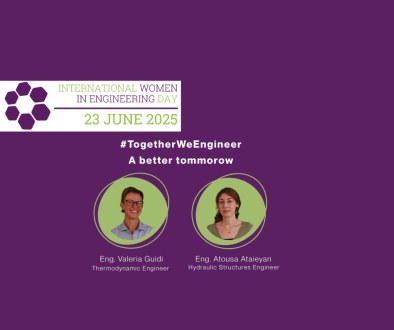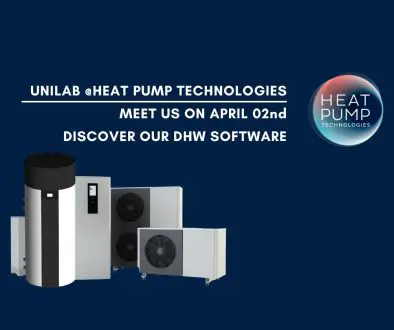Pillow Plate: Why is it cheaper to produce than a Shell & Tube?
In previous articles about Pillow Plate exchangers, we’ve looked at the advantages of this innovative technology. In the end, however, a notable advantage of this technology is especially the economic one: because producing a pillow plate exchanger is really cheaper than a Shell&Tube. In fact, except in the case of small S&T heat exchangers, generally the cost of producing a Shell & Tube is significantly higher than the cost of starting a Pillow Plates business, and we see why in this article. Discover our UNILAB PCOIL here
Suppose we are a factory that needs to start manufacturing shell and tube heat exchangers. A shell and tube heat exchanger consists of tubes, plates, an outer shell, and other components. As indicated, if we are dealing with small Shell & Tubes, the costs are smaller. However, to make a medium/large heat exchanger, there are plates, which must be perfectly machined, starting from a rod, which must be polished, and generally plants for processing the plate are worth the magnitude of millions of €. These are huge initial costs. If the exchangers are very large, plate bending machines are needed to make the outer cylinder, which have a high cost too. Tube rolling, and testing systems are also needed. Thus, starting a Shell & Tube manufacturing business requires some significant costs, which not every company starting a business can afford.
On the contrary, Pillow Plates have a much lower cost, being much cheaper to produce than the Shell&Tube. To make a Pillow Plate, you usually start with two sheets and a welding process. If the welding is of the laser type, then the cost of the system is of some importance, although in principle it almost never exceeds half a million euros. Definitely cheaper than a Shell&tube. If the type of welding is resistance (electrical), the cost is even half of that of laser welding. The main advantage of laser is energetic, because for the same welded thicknesses, with resistance it is necessary to install systems with a power of 300 kW, of which 200kW is absorbed. With lasers, only 30 kW are needed, so in this case in terms of energy costs we are at a ratio of 1 to 10. Ultimately, laser welding has a high initial plant cost, but the so-called “life cycle cost” is very low, and in fact within a short time it is possible to amortize this cost. The laser also makes the product more resistant in thermally altered areas, allowing greater corrosion and mechanical resistance of the welded materials.
Starting an activity of Pillow Plate manufacturing has therefore a cost clearly lower than the Shell & Tube, this obviously in case of internal manufacturing for both exchangers. It is clear that the outsourcing of parts of the production process can lead, even in the case of Shell & Tube, to a significant reduction in costs.
From the point of view of flexibility, the Shell & Tube is extremely flexible, allowing almost always to reach the desired Capacity. The pillow plate is equally, if not more flexible. The dimensions of the exchanger would have virtually no limitations, if not those related to the available commercial dimensions of the metal sheet: the plates are 2000 mm, but generally do not exceed 1500 mm in height. Also in length there would be virtually no limits, however beyond a certain length practical problems arise for internal transport and maintenance: generally length does not exceed 10 meters, indeed still a considerable length, which confirms the flexibility of this solution. Pillow plates are likewise one of those exchangers where it is possible to exactly obtain the desired capacity, assuming the calculation method is correct, something instead not obtainable with Plate Heat Exchangers, where it is possible to add a plate or two, to obtain a higher or lower Capacity, but it is very difficult to obtain exactly the Capacity desired by the customer.
All modules of UNILAB PCOIL, our specific software for pillow plate banks, have been developed with a very precise idea in mind. In order to be able to make comparisons, we have used real practical applications, also of a certain industrial importance, which use types of exchangers completely different from the pillow plate, and we have also compared them economically with the latter. From all projects it is clear that the Pillow Plate exchanger has significant advantages over exchangers such as Shell & Tube or other types of exchangers. Discover UNILAB PCOIL.
To learn more, and to try our PCOIL software and PILLOW SUITE, contact sales@unilab.eu
Below are links to all our previous articles on the innovative PILLOW PLATE technology:
- A Brief Introduction to Pillow-Plate Heat Exchangers
- Advantages of the use of Pillow-Plates Heat Exchangers (PPHEs)
- Pillow Plate Falling Film Evaporators (PPFFE)
- Heat Recovery with Pillow Plates Heat Exchangers







